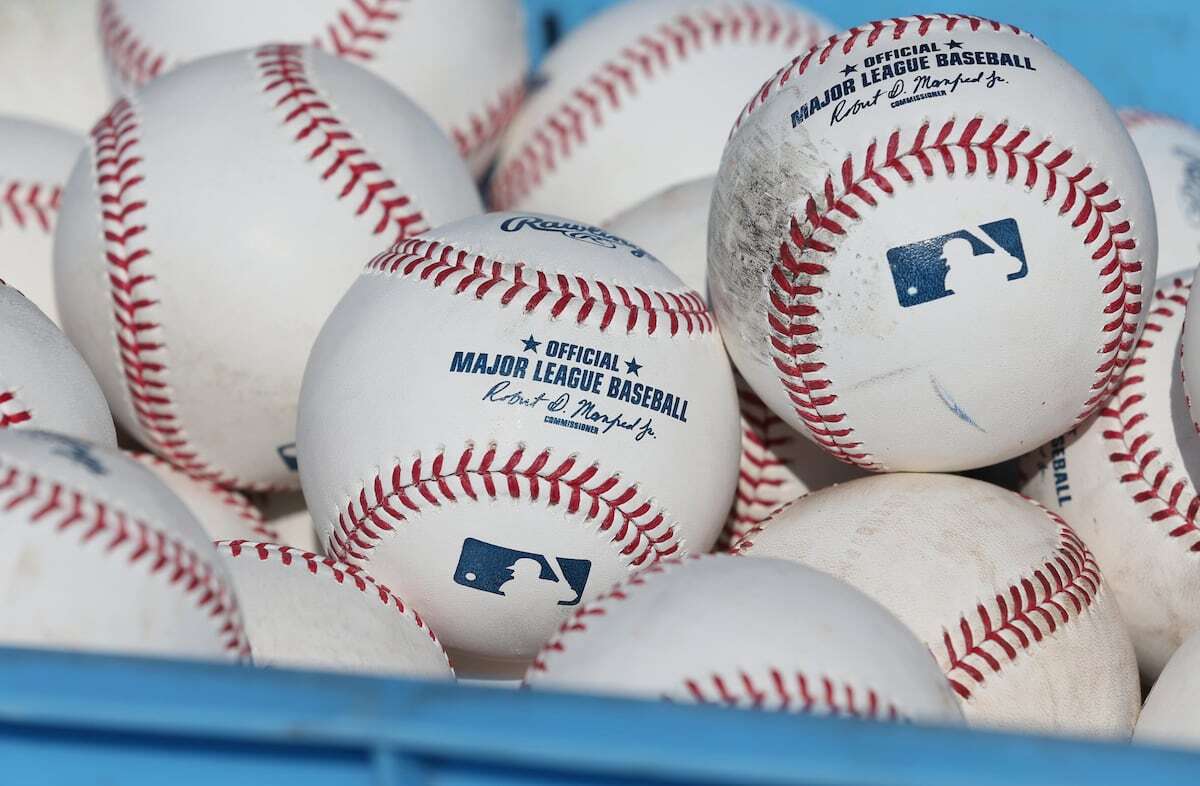
Sorry, penny pinchers. The United States ended production of the penny on Wednesday, more than two centuries since the one-cent coin first went into circulation.
The move is part of an effort to retire the country’s smallest denomination, which had cost nearly four times its value to produce.
The country’s final pennies were pressed at the U.S. Mint in Philadelphia, where they’ve been produced since 1793, a year after Congress authorized the Coinage Act.
The last two pennies were stamped with a special marking and will not go into circulation. According to the Associated Press, the government plans to auction them off in the future.
In a statement, the Treasury Department said that “ongoing increases in production costs and the evolution in consumer habits and technology have made its production financially untenable."
The last coin before the penny to be discontinued was the half-cent in 1857. And there could be more change to come.
What led to the penny’s death?
For years, retailers and lawmakers have been advocating for the U.S. to abolish the penny. In February, President Trump ordered Treasury Secretary Scott Bessent to halt penny production, saying it was “so wasteful.” A bill introduced in Congress earlier this year called the Common Cents Act would formalize Trump’s order. It has not yet been passed.
How much did each penny cost to produce?
According to the U.S. Mint, the cost of producing each penny is 3.69 cents per coin — more than triple its face value. By no longer producing pennies, the U.S. is expected to save an estimated $56 million annually.
How many pennies are in circulation?
There are currently an estimated 300 billion pennies in circulation, according to the Treasury Department.
Can you still use pennies?
Yes. The penny "remains legal tender and will retain its value indefinitely," the Treasury Department said.
Will banks stop accepting pennies?
No. You can still deposit pennies at the bank. In fact, the American Banking Association is encouraging people to bring them to the bank to help ease any shortages.
What happens if a store runs out of pennies?
In recent weeks retailers have expressed concerns that their supplies of pennies are running low. To cope, some have rounded prices down to the nearest nickel.
Are nickels and dimes next?
Nickels? Maybe. Dimes, maybe not.
According to the U.S. Mint, the nickel costs nearly 14 cents to make, nearly triple its market value. For nearly two decades, both the penny and nickel have cost more to produce than they are worth, per U.S. Mint figures.
Dimes, though, cost roughly 6 cents to produce. Quarters cost about 15 cents to make. So they’re probably safe for now.
latest_posts
- 1
 What's A Decent FICO rating?
What's A Decent FICO rating? - 2
 仲代達矢さん最期の様子 ケガして入院、肺炎を併発 8日に死去、最後の舞台は5月能登での復興公演(スポニチアネックス)
仲代達矢さん最期の様子 ケガして入院、肺炎を併発 8日に死去、最後の舞台は5月能登での復興公演(スポニチアネックス) - 3
 Monetary Wellness: Planning Tips for Independence from the rat race
Monetary Wellness: Planning Tips for Independence from the rat race - 4
 The most effective method to Pick the Best Wellbeing Highlights for Seniors in SUVs
The most effective method to Pick the Best Wellbeing Highlights for Seniors in SUVs - 5
 A definitive Frozen yogurt Standoff: Which Flavor Rules?
A definitive Frozen yogurt Standoff: Which Flavor Rules?
 MLB激震 2投手が賭博で起訴…26歳右腕は逮捕 『不正投球』で4つの罪 絶対的守護神に後輩が加担 連邦検察が発表(サンケイスポーツ)
MLB激震 2投手が賭博で起訴…26歳右腕は逮捕 『不正投球』で4つの罪 絶対的守護神に後輩が加担 連邦検察が発表(サンケイスポーツ) 7 Well known Vacation spots In The US
7 Well known Vacation spots In The US Manual for Instructive Application for Youngsters
Manual for Instructive Application for Youngsters Best Streaming Gadget for Your Home Theater
Best Streaming Gadget for Your Home Theater 馬場典子アナ、日本テレビ時代の同期・菅谷大介アナを追悼「すがっち…たくさん、たくさん、ありがとう」(スポーツ報知)
馬場典子アナ、日本テレビ時代の同期・菅谷大介アナを追悼「すがっち…たくさん、たくさん、ありがとう」(スポーツ報知) Iran begins cloud seeding to induce rain amid historic drought
Iran begins cloud seeding to induce rain amid historic drought Audits of 6 Specialty Mixed drinks
Audits of 6 Specialty Mixed drinks Manual for Tracking down the Mysterious Cascades in China
Manual for Tracking down the Mysterious Cascades in China Pick Your Favored method of transportation
Pick Your Favored method of transportation













